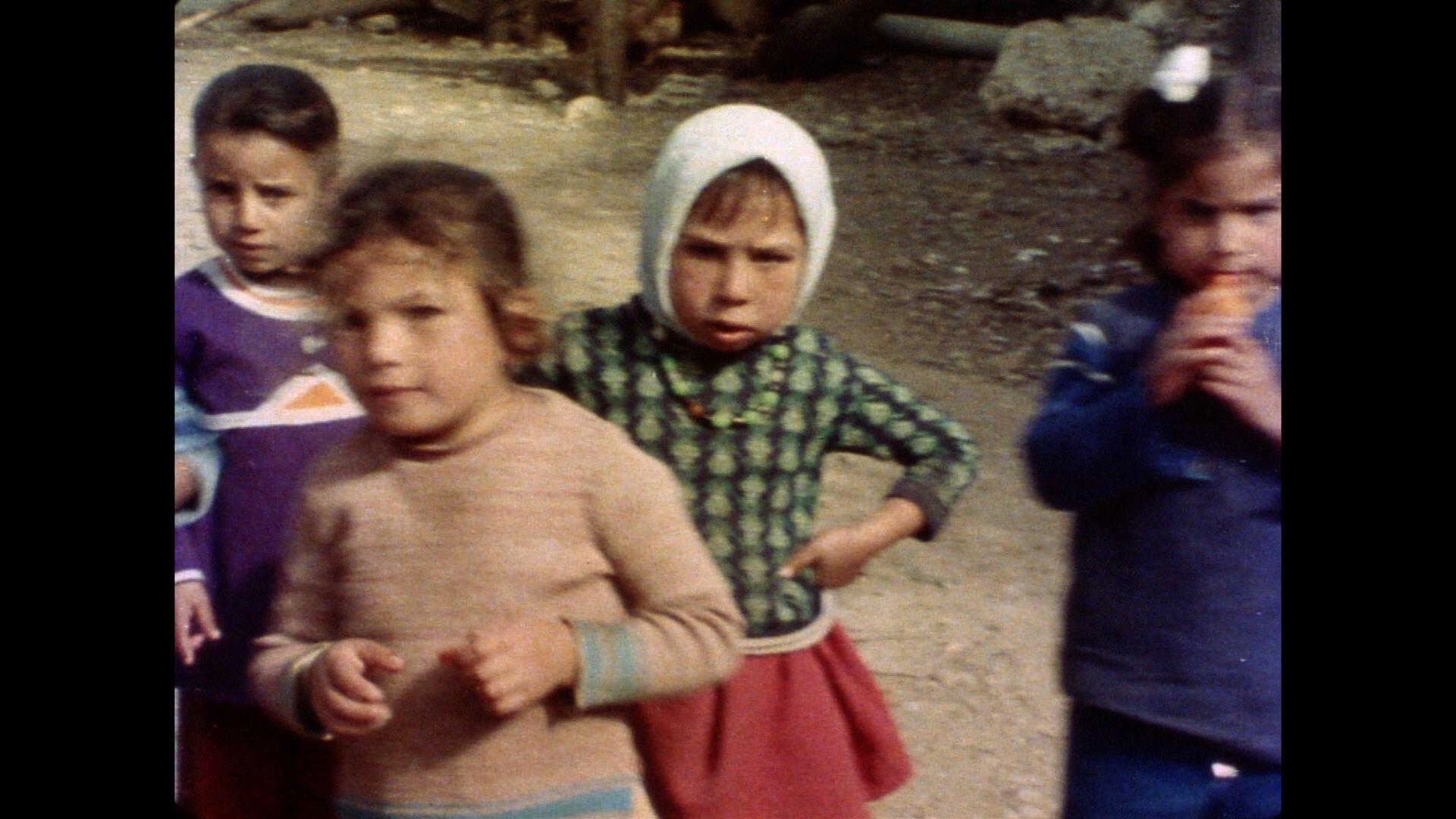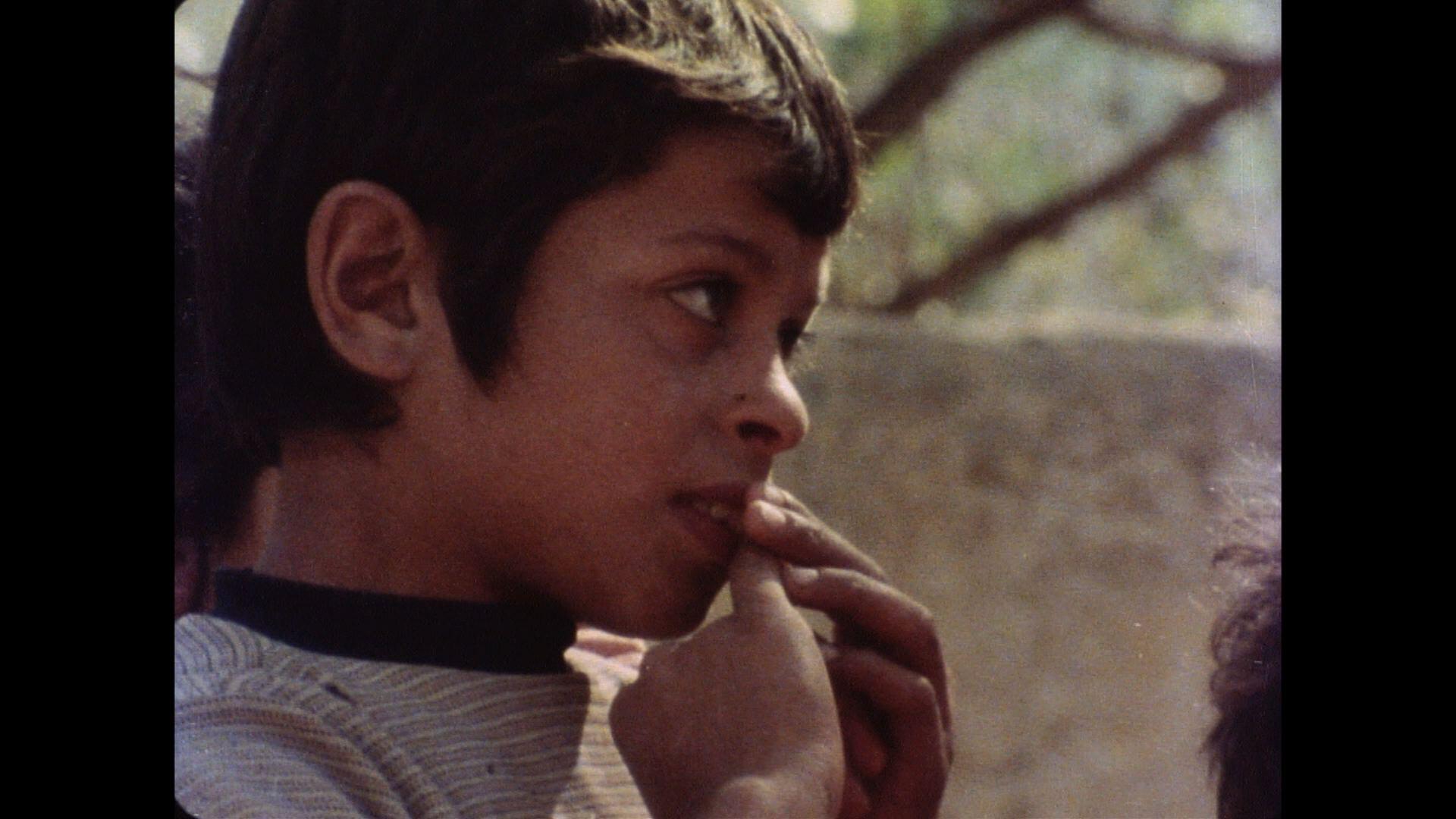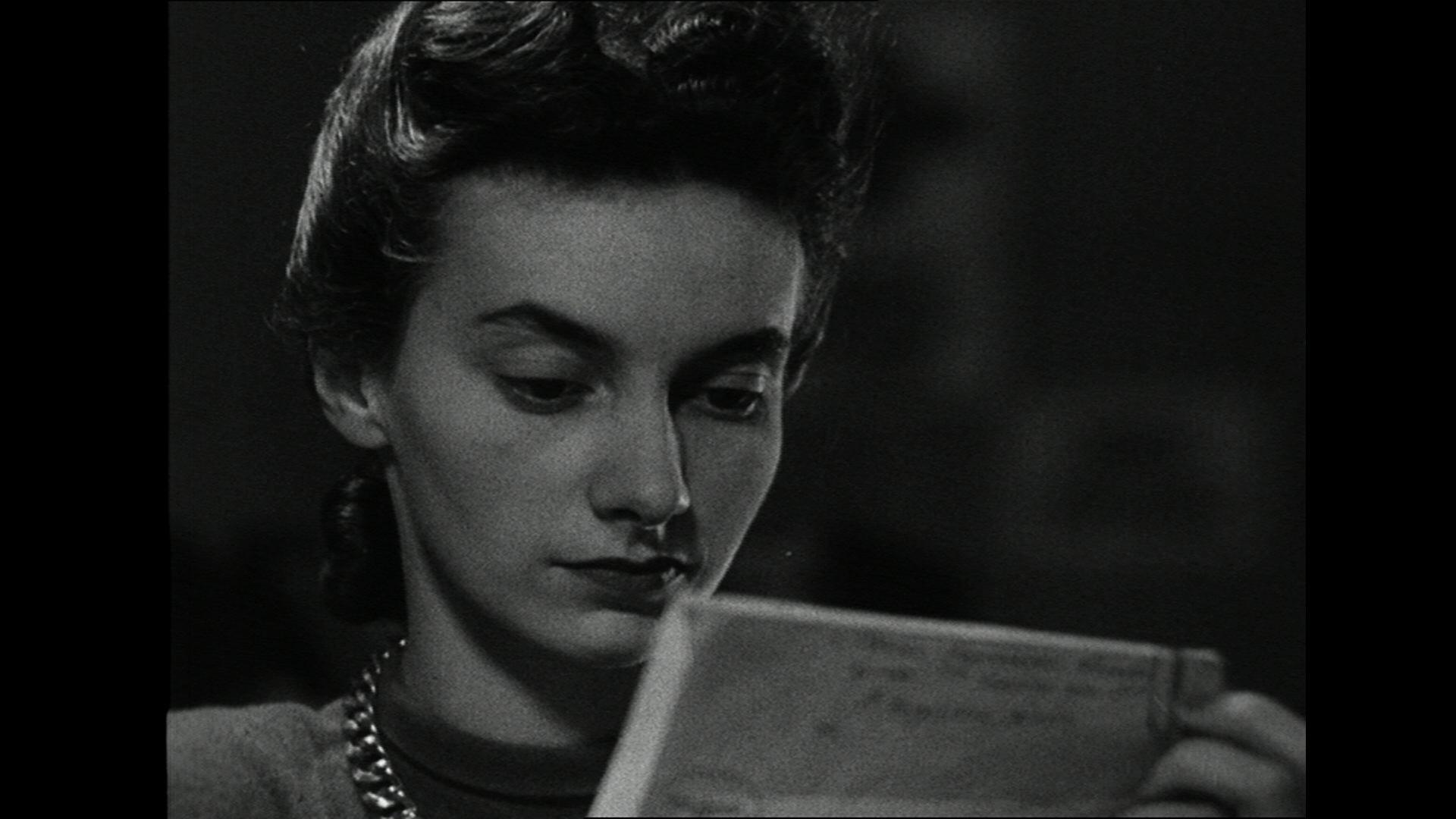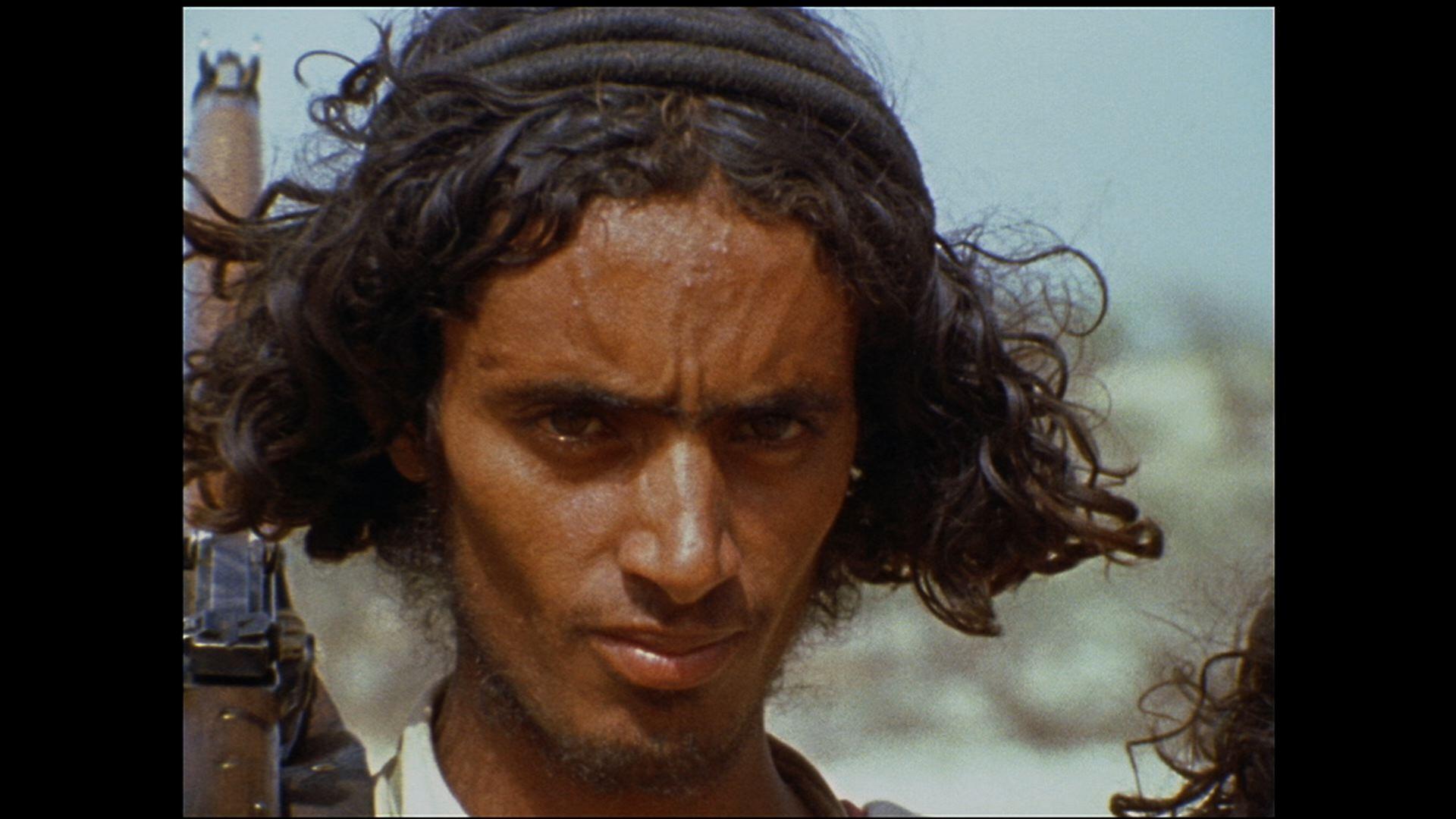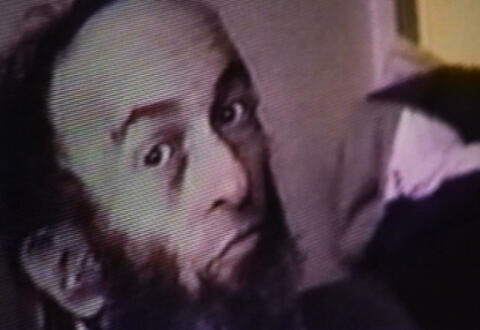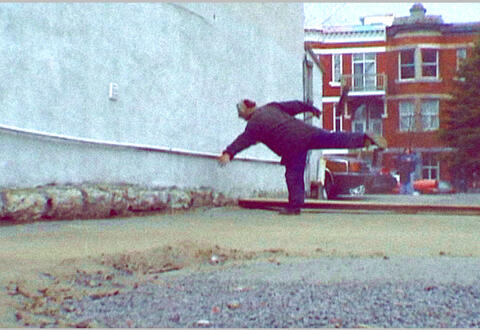From the Archives of the Red Cross
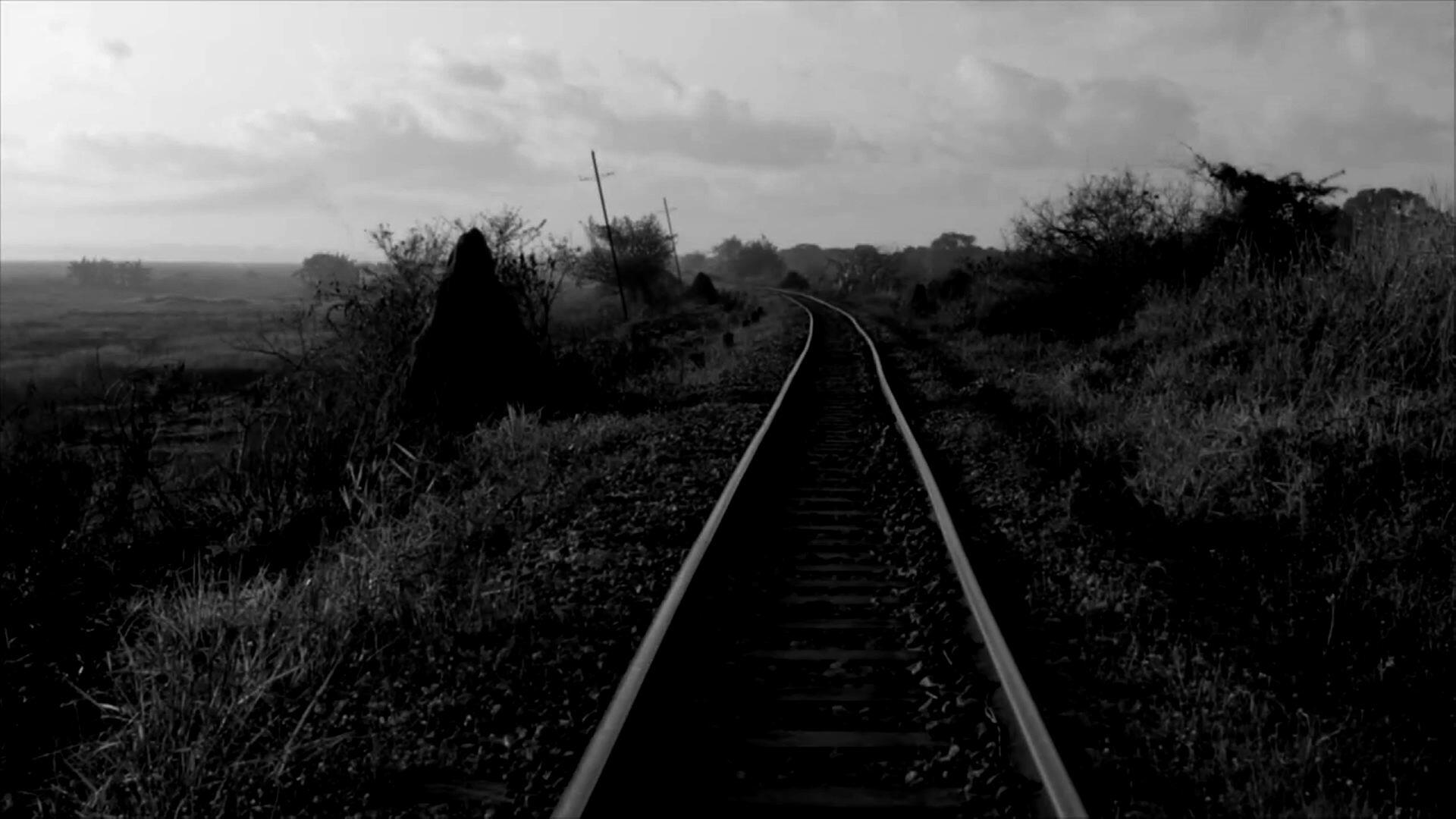
Begun in a three-week seminar at the Geneva University of Art and Design (HEAD) in October 2016, seventeen of us began an excavation together, immersing ourselves in a selection of Red Cross shorts made over nearly a century in countries round the world. This nearly wordless feature-length ensemble has five parts/chapters: The Man Who Stopped Time (Greece), Disappearances (Switzerland), Photo Shoot Location Yemen (Yemen), Beirut Grammar (Lebanon) and Mine Clearing (Mozambique). Each chapter adopts a different formal strategy in order to open up a new conversation with these picture remains, sometimes scribbling over the pictures, or re-presenting the material as a series of friezes, fading every shot, or slowly accumulating them. The hope is time travel, to venture to the other side of the image.
Credits
Technical information
Documentation
"From the Archives of the Red Cross is a feature-length found footage project in five parts. It was begun during a workshop in Geneva’s HEAD University in fall 2016. Together, the student artists and I worked with a collection of Red Cross movies made between 1922 and the present. We all made our own gestures, attempts, approaches. I begin in Greece, where a swarm of Turkish soldiers are waiting to be taken back home, a voyage brokered and made possible by the Red Cross, whose appointees are the only ones moving in this giant field of faces, most of them unmoving, as if frozen in paralysis. This is followed by a beautifully shot short made in the 40s that shows the Red Cross acting as a global post office, getting letters and supplies from families to prisoners of war. Each shot fades out, suggesting that these heroic gestures are provisional, temporary, perhaps even doomed to fail.
The third chapter lands us in Beirut, just after the devastating civil war. I offer a mathematics of witness – shot A followed by black, shot A + shot B followed by black, shot A + shot B + shot C followed by black, and so on. Shots accumulate until the principle of subtraction is introduced. New shots continue to be added to each cycle, but shots are also subtracted – the shadow thrown across the bumper of a parked car (the opening shot) repeats ten times, and then it vanishes, miming the work of memory. Each cycle thereafter both adds and subtracts shots. The future is eating the past. The pictures show a city in reconstruction, people are sweeping, putting up telephone lines, working in the hospital, fetching water. The fifth and final movie is set in Mozambique which was also stricken by a civil war that planted thousands of landmines throughout the country. This wordless half hour tome is in high-contrast black and white, and shows minesweepers, a flock of birds in heavenly slow motion, before moving into the countryside where the real devastation lies. We meet a young woman, her eyes askew, her arm shorn away, missing part of her leg. She works out in a rehab centre. We see soccer games, stump sex and a bomb being exploded. It’s a meditation on how to survive what cannot be survived." - Mike Hoolboom






